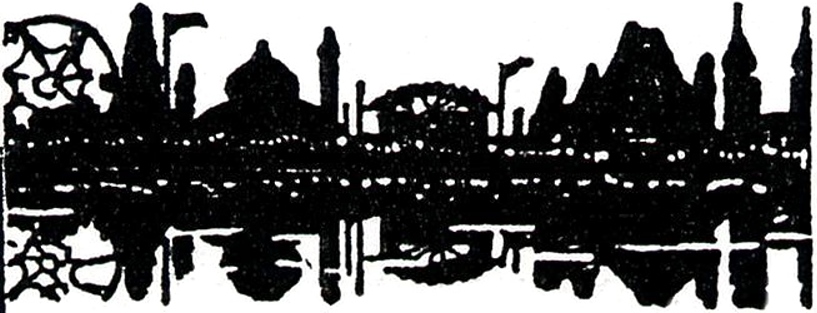|
While the date and location of the first Electric Park is currently unknown, several existed before 1900. Since then, dozens of amusement parks had acquired the name, but none remain:
Electric Park – Aberdeen, WA
Electric Park – Albany, NY – 1901 – also known as White City
Electric Park – Atlanta, GA
Electric Park – Baltimore, MD – June 1896 to 1916
Electric Park – Bellingham, WA
Electric Park – Binghamton, NY
Electric Park – Blackwood, OK – Pavilion still stands
Electric Park – Cleveland, OH
Electric Park – Dayton, OH
Electric Park – Detroit, MI – May 26, 1906 to 1928 – also known as Luna Park
Electric Park – Eau Claire, WI – 1895 to 1926
Electric Park – Fort Smith, AR – 1905 to 1920
Electric Park – Galveston, TX – opened 1905
Electric Park – Hancock, MI – opened June 7, 1906
Electric Park – Holland MI – also known as “Jenison Electric Park”
Electric Park – Houston, TX
Electric Park – Iola, KS – 1901 to 1918 – also known as “Iola Electric Park”
Electric Park – Joplin, MO – June 10, 1909 to 1912 – now part of Schifferdecker Park
Electric Park – Kansas City, MO – 1899 to 1906
Electric Park – Kansas City, MO – 1907 to 1925
Electric Park – Louisville, KY
Electric Park – Montgomery, AB
Electric Park – New Haven, CT
Electric Park – Newark, NJ – 1903 to 1912 – now the site of Vailsburg Park
Electric Park – Niagara Falls, NY
Electric Park – Oshkosh, WI – 1898 to 1950 – also known as White City and EWECO Park
Electric Park – Pensacola, FL – opened 1905
Electric Park – Pittsburgh, PA
Electric Park – Plainfield, IL – 1904 to 1934 – Skating Rink/Dance Hall destroyed by a tornado in 1990
Electric Park – Pottsville, PA – also known as “Electric Park Philadelphia”
Electric Park – St. Louis, MO
Electric Park – San Antonio, TX – currently a minor league baseball park of the same name
Electric Park – Sheboygan, WI
Electric Park – Springfield, MO – may have been known as “Joplin Electric Park”
Electric Park – Syracuse, NY
Electric Park – Tulsa, OK – 1921 to 1926 – merged into Crystal City Amusement Park - 1925
Electric Park – Waterloo, IA – featured a water-turned Ferris wheel – Pavilion still standing
Electric Park – Worcester, MA
|



